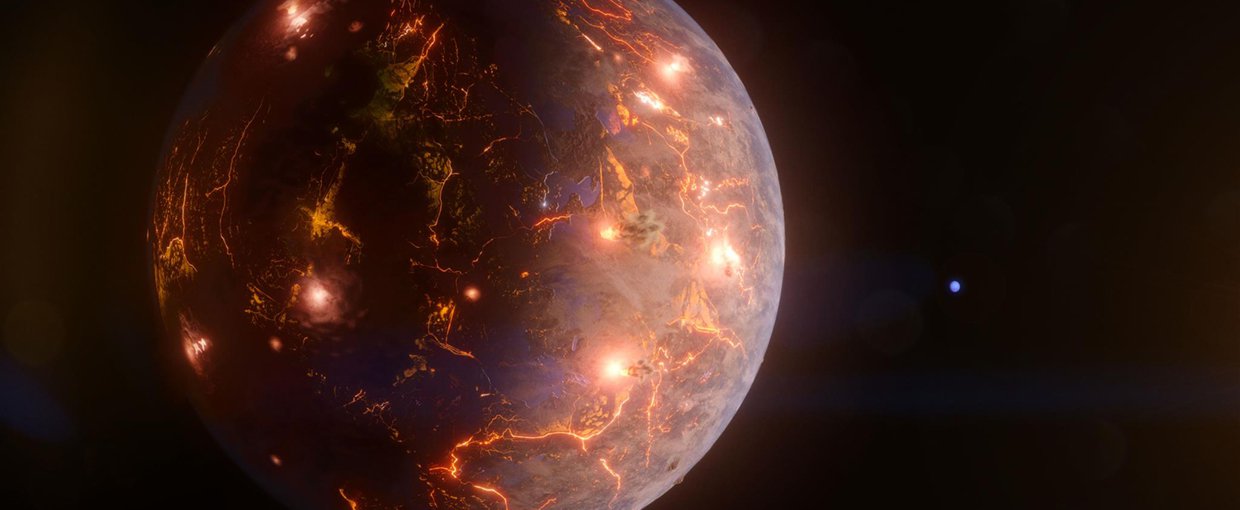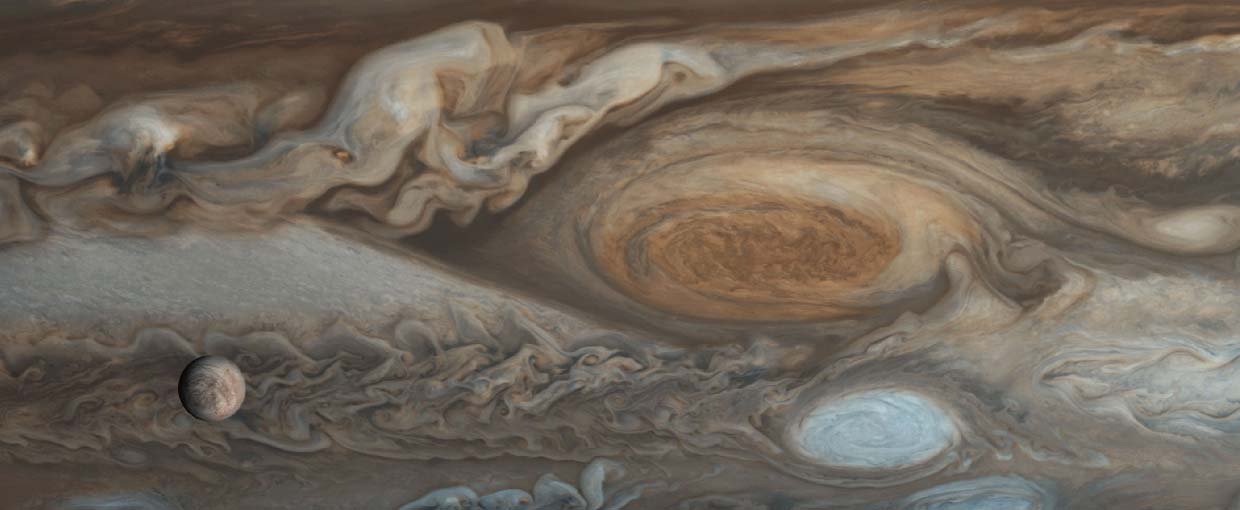O'Rourke, J. G., Buz, J., Fu, R. R., & Lillis, R. J. (2019). Detectability of Remanent Magnetism in the Crust of Venus. Geophysical Research Letters. doi:10.1029/2019gl082725
Pir Cakmak, F., Grigas, A. T., & Keating, C. D. (2019). Lipid Vesicle-Coated Complex Coacervates. Langmuir. doi:10.1021/acs.langmuir.9b00213
Wolf, E. T., Kopparapu, R. K., & Haqq-Misra, J. (2019). Simulated Phase-dependent Spectra of Terrestrial Aquaplanets in M Dwarf Systems. The Astrophysical Journal, 877(1), 35. doi:10.3847/1538-4357/ab184a
Lynch, K. L., Jackson, W. A., Rey, K., Spear, J. R., Rosenzweig, F., & Munakata-Marr, J. (2019). Evidence for Biotic Perchlorate Reduction in Naturally Perchlorate-Rich Sediments of Pilot Valley Basin, Utah. Astrobiology, 19(5), 629–641. doi:10.1089/ast.2018.1864
Pauly, M. D., Bautista, M. A., Black, J. A., & Whitaker, R. J. (2019). Diversified local CRISPR-Cas immunity to viruses of Sulfolobus islandicus. Philosophical Transactions of the Royal Society B: Biological Sciences, 374(1772), 20180093. doi:10.1098/rstb.2018.0093
Lowe, D. R., Bishop, J. L., Loizeau, D., Wray, J. J., & Beyer, R. A. (2019). Deposition of >3.7 Ga clay-rich strata of the Mawrth Vallis Group, Mars, in lacustrine, alluvial, and aeolian environments. GSA Bulletin, 132(1-2), 17–30. doi:10.1130/b35185.1
Janson, M., Asensio-Torres, R., André, D., Bonnefoy, M., Delorme, P., & , . (2019). The B-star Exoplanet Abundance Study: A co-moving 16-25 Mjup companion to the young binary system HIP 79098. Astronomy & Astrophysics. doi:10.1051/0004-6361/201935687
Aleinov, I., Way, M. J., Harman, C., Tsigaridis, K., Wolf, E. T., & Gronoff, G. (2019). Modeling a Transient Secondary Paleolunar Atmosphere: 3‐D Simulations and Analysis. Geophysical Research Letters, 46(10), 5107–5116. doi:10.1029/2019gl082494
DasSarma, P., Anton, B. P., DasSarma, S., Laye, V. J., Guzman, D., Roberts, R. J., & DasSarma, S. (2019). Genome Sequence and Methylation Patterns of Halorubrum sp. Strain BOL3-1, the First Haloarchaeon Isolated and Cultured from Salar de Uyuni, Bolivia. Microbiology Resource Announcements, 8(19), None. doi:10.1128/mra.00386-19
Deienno, R., Walsh, K. J., Kretke, K. A., & Levison, H. F. (2019). Energy Dissipation in Large Collisions—No Change in Planet Formation Outcomes. The Astrophysical Journal, 876(2), 103. doi:10.3847/1538-4357/ab16e1



